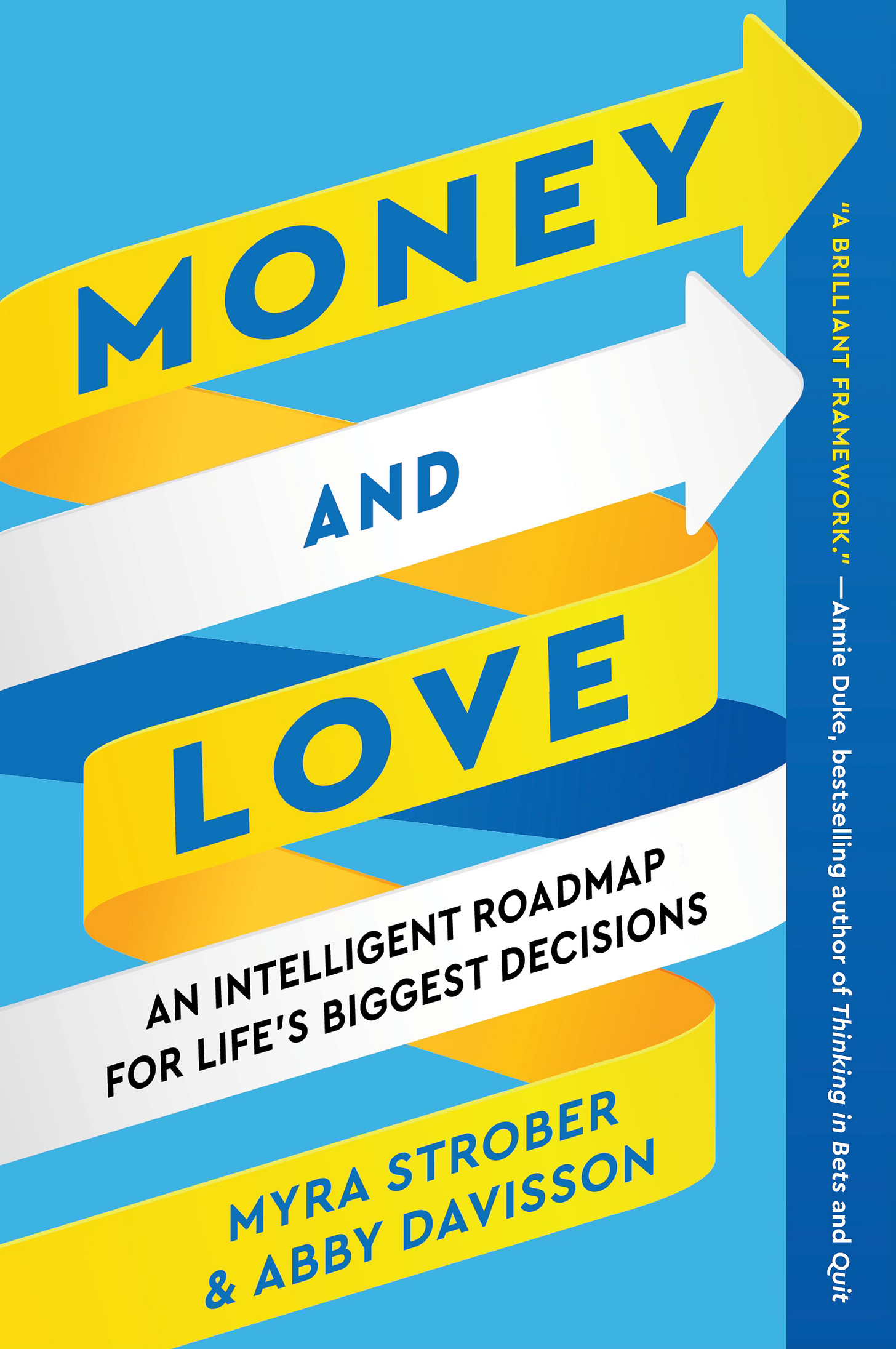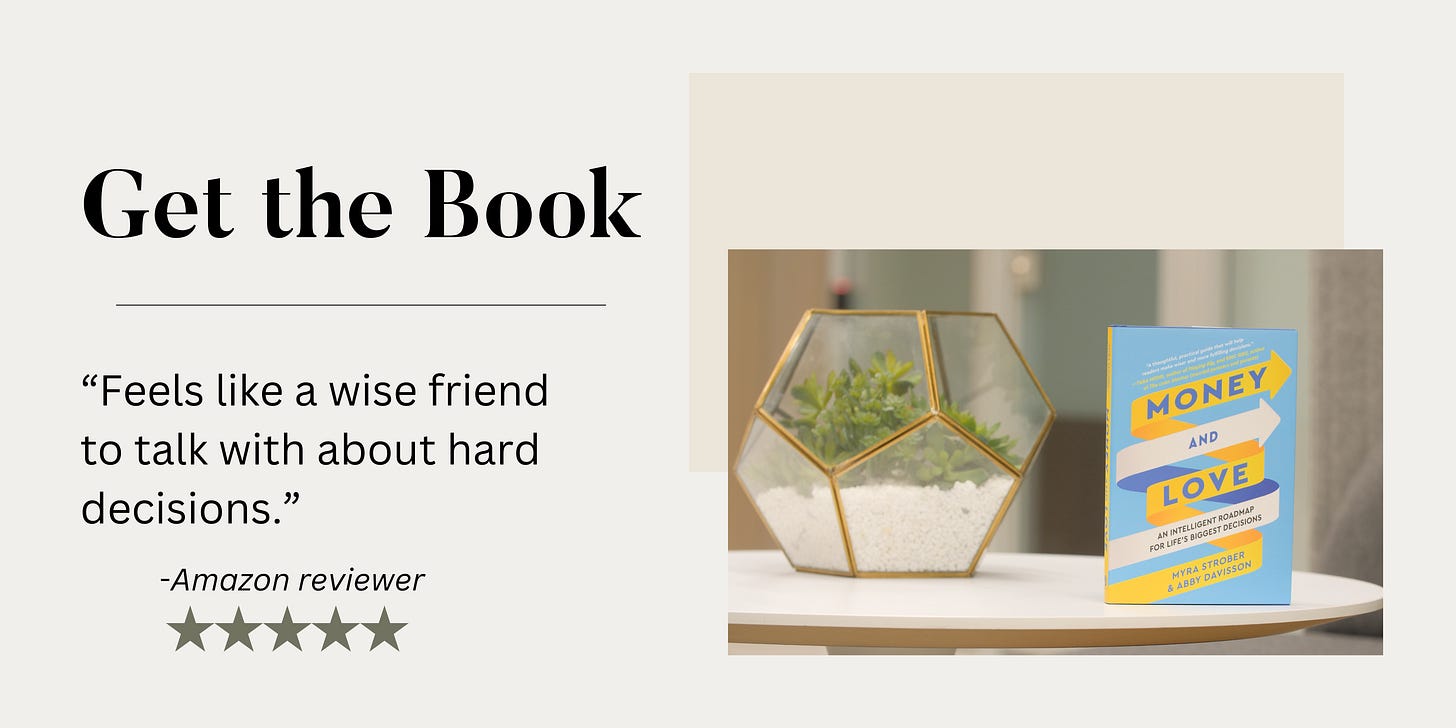How to Take Back Your Attention
Do this instead of letting your devices control you
It feels like the world is more divided than ever these days.
Whatever your political views, I think we can all agree on this: SO MANY things are pulling at our attention. And our tech devices aren’t helping.
Our options can feel limited: either stay informed and submit to a barrage of sensational headlines — or bury your head like a (privileged) ostrich and plead ignorance.

But what if there were an alternative?
About a year ago, I went on my first meditation retreat (more on that here), and I learned more about Buddha’s “middle way,” which is all about avoiding the extremes and finding wisdom in between.
Easy for him to say, right? Buddha didn’t attain enlightenment amidst the pings and notifications of his smartphone.
Fortunately for us, in addition to ancient spiritual gurus, we have modern-day guides (such as
and ) to help us find the middle ground when it comes to technology.Price, a science journalist, has spent years researching, writing, and speaking about how our phones hijack our brains and what we can do about it. She writes the newsletter
.Vidyarthi, a technology expert and experienced meditator, has used his design expertise to help launch 50+ mindful technology projects. He writes the newsletter
.Both have recently released books focused on taking control of our attention.
Price’s is a revised edition of How to Break Up with Your Phone and Vidyarthi’s is called Reclaim Your Mind: Seven Strategies to Enjoy Tech Mindfully (out today!). I had the opportunity to review advance copies of both.
In this newsletter, a 9 minute read, you’ll learn:
Why our attention is being pulled in so many directions;
A three-part strategy to reclaim your attention; and
Changes I’ve made personally as a result of what I’ve learned
The Problem
We’ve all gone down a rabbit hole with technology, suddenly realizing, with horror, just how much we’ve let our devices steal our mental and emotional energy.
For Price, it was when her daughter was an infant, and she looked down from a late-night scrolling session at her baby gazing up at her — and realized that instead of looking back at her tiny baby, she’d been gazing at her tiny screen.
For me, it was checking Instagram on a weekend away with my family and seeing an acquaintance’s post about a professional event to which I hadn’t been invited. Given my existing plans, I’d likely have declined, but that didn’t stop me from stewing. I felt discouraged I hadn’t been invited; jealous my acquaintance had; and annoyed at myself for checking Instagram in the first place.
Even if your relationship with your smartphone or a specific app isn’t problematic, there’s likely something else you do on a screen that sucks you in more than you’d like.
The way our technology steals our attention isn’t by accident. It’s by design.
The first half of Price’s book goes into considerable detail on how our phones and the apps on them are engineered to addict us. Vidyarthi also grounds readers in the ways trained experts like him (with a background in psychology, technology, and design) are conspiring against us.
Smartphones may be among the worst offenders, but they’re not the only tech vying for our attention.
And most of us freely give it, without adding up how much time and energy we spend on our devices — time and energy we’ll never get back.

The Solution
Yes, everything wants our attention. But we don’t have to offer it.
Instead we can engage in something Vidyarthi calls “attention activism.”
Vidyarthi writes,
We live in a system that exploits your mental energy for profit. Those that win the attention economy reliably choreograph your mind in ways that help them, not you. The news media profits from polarizing statements. Content creators make millions from views, likes, and subscribes. Businesses drive sales when they keep employees connected at all hours of the day. Politicians fight viciously for airtime to influence voters and gain power.
As this system continues to push your mental capacity to its limit, attention activism is a call to reclaim your mind —and your tech — by staying aware of the forces pulling at your attention and making more intentional choices about where you direct it. In the attention economy, this is a radical act.1
So how do we do that, exactly?
According to Price and Vidyarthi, three things can help:
Understanding ourselves and our values;
Staying aware of the forces pulling our attention; and
Being intentional about our use of technology.
If you give me your attention, I’ll describe each in turn.
Step 1: Understanding ourselves
The second half of Price’s book is a how-to guide: a 30-day plan to a better relationship with your phone. The first exercise is to answer: “What do you want to pay attention to?”2
It’s the North Star that will help you remind yourself why you’re even bothering in the first place, especially when things get tough.
In addition, it can also be helpful to identify your values and understand how technology makes it easier and harder to act in alignment with those values.
My kids each did a version of this in fourth grade at their school. If 9 year olds can do it, you can, too. You can find an online version of the same exercise here.
Go ahead and take a few moments to do it now. Share your results in the comments; I’d love to see!
Step 2: Staying aware
Price encourages those who undertake her 30-day phone breakup plan to understand their current phone usage.
If you have an iPhone, you can find this in Settings > Screen Time.
Keep in mind that just 1 hour per day is roughly 15 full days per year, about 6 percent of your waking life.3 And most of us will clock in at more than 1 hour per day.
Why might you do this (besides to get a grim “before” picture)?
Because, Viyarthi asserts, “Awareness can lead to effortless change.”4
Vidyarthi describes how tracking the number of times he unlocked his phone and how long he looked at it led to a gradual reduction in usage without deliberate effort.
I’ve experienced this phenomenon in my own life.
In the past, I’ve tracked things including the food I consume and clothing purchases (the main spending category I struggle with).
Even when I didn’t take active steps to shift my behavior in these areas, I found that the very act of tracking often led to adjustments.
If you’re skeptical, try it and see for yourself. Vidyarthi notes, “Especially if you have limited energy for big changes, in the early stages of improving your relationship with tech, invest in awareness. It’s the best bang for your buck.”5
I read Price’s and Vidyarthi’s books on vacation in the mountains, when I was feeling particularly spacious, motivated, and inspired.
Away from my daily routine, it was easier to be a mindful observer of how technology improved my time away and how it hindered it.
So I took an inventory.
Here are the ways tech improved my time away:
My Kindle (in conjunction with the Libby app) kept me in reading material without weighing me down.6
My iPad with a keyboard allowed me to continue my writing practice and feel like I was taking a break from work (which I associate with my laptop).
Apps such as Insight Timer (meditation), Peloton (exercise), and Streaks (habit tracking) enabled me to stay committed to healthy habits.
iMessage allowed me to coordinate with family/friends.
Shared photo albums enabled grandparents to follow along with our adventures.
Watch timers helped set expectations and manage transitions with my kids (e.g., 10 more minutes in the pool before it’s time to go).
Playing NYTimes Connections with my kids led to some laughs and an easy way to connect each day.
Here are the ways tech hindered my time away:
I put an out-of-office reply on my work email but kept it on my phone. Several messages pulled my attention away at inopportune times.
Texts showing up on my Apple Watch distracted me from the beautiful scenery during a snowshoe expedition.
I posted on LinkedIn and checked the app way too much afterwards.
I had to pause everything at 2 pm on Tuesday and sign up my kids for tennis camp (because summer camp signups don’t care that you’re on vacation).
Step 3: Being intentional
What comes after awareness? Making intentional shifts to allow your devices to serve you, not the other way around.
I’ll admit that I felt a bit virtuous reading Price’s 30-day plan since I already do much of what she suggests: I charge my phone in another room at night; block distracting apps (I use this device); and have most notifications disabled.
While I may not need a full phone break up, my inventory helped me realize I could do a better job of using technology in a way that’s aligned with my values.
Here are the changes I’ve made so far:
Removed work email from my phone so I could decide whether/when to see work-related messages.
Muted several group text threads that tend to distract me throughout the day.
Deleted the LinkedIn shortcut from my home screen along with the “most recently used” app suggestions. I can still find it if needed but now must search for it, which gives me a moment to decide if I really want to check it or not.
Blocked intentional times on my calendar to check work email and clear my inbox. I plan to try out another of Vidyarthi’s suggestions: drafting replies to work emails at the end of the day but not sending them until the morning.
I’m hopeful that these shifts will preserve the spaciousness I felt during my time away while helping me be more connected, balanced, and authentic (can you guess my most important values?).
As I incorporate new apps and devices into my life, I’ll continue to keep Price’s and Vidyarthi’s wisdom in mind, knowing that I’m in control of my own attention.
Behind the Scenes
With the launch of the Money and Love paperback exactly 6 weeks away, I’m excited to share the paperback cover. It looks similar to the hardcover but with a new blurb from
, professional poker player turned decision-making expert (thanks, Annie!).Also, today is the last day to join the M&L paperback launch team. THANK YOU to those who have already signed up. I truly appreciate it (and you!).
If the book (or the course that inspired it) has helped you in some way, I’d be honored if you’d consider joining. There’s no commitment required, but there are tokens of appreciation for those who do join. Thanks for considering!
Deliberately yours,
Abby
Jay Vidyarthi, Reclaim Your Mind: Seven Strategies to Enjoy Tech Mindfully, (Kingston, Ontario: Still Ape Press, 2025), p. 44.
Catherine Price, How to Break Up with Your Phone, rev. ed. (New York: Penguin Random House, 2025), p. 99.
Ibid, p. 101.
Vidyarthi, p. 76.
Ibid, p. 83.
Did you know that you can upload PDFs to your Kindle? Life-changing!






Thanks, Abby! Your newsletter is something I WANT to pay attention to :)
Also, as a follow-up to Jay's "send emails in the morning" tip -- use the "schedule send" feature when you write them, so that you don't have to do it in the morning.
Another way that tech improves my life: it gives me easy access to amazing wisdom from people like you, Jay, and Catherine! Thank you for this terrific synthesis of wisdom on managing wisely our relationship with tech.